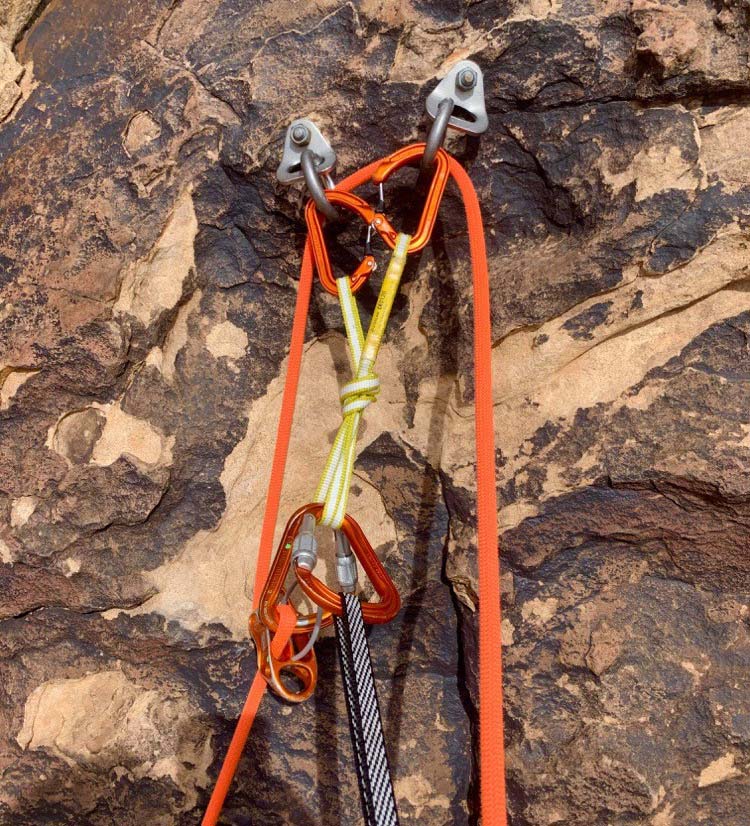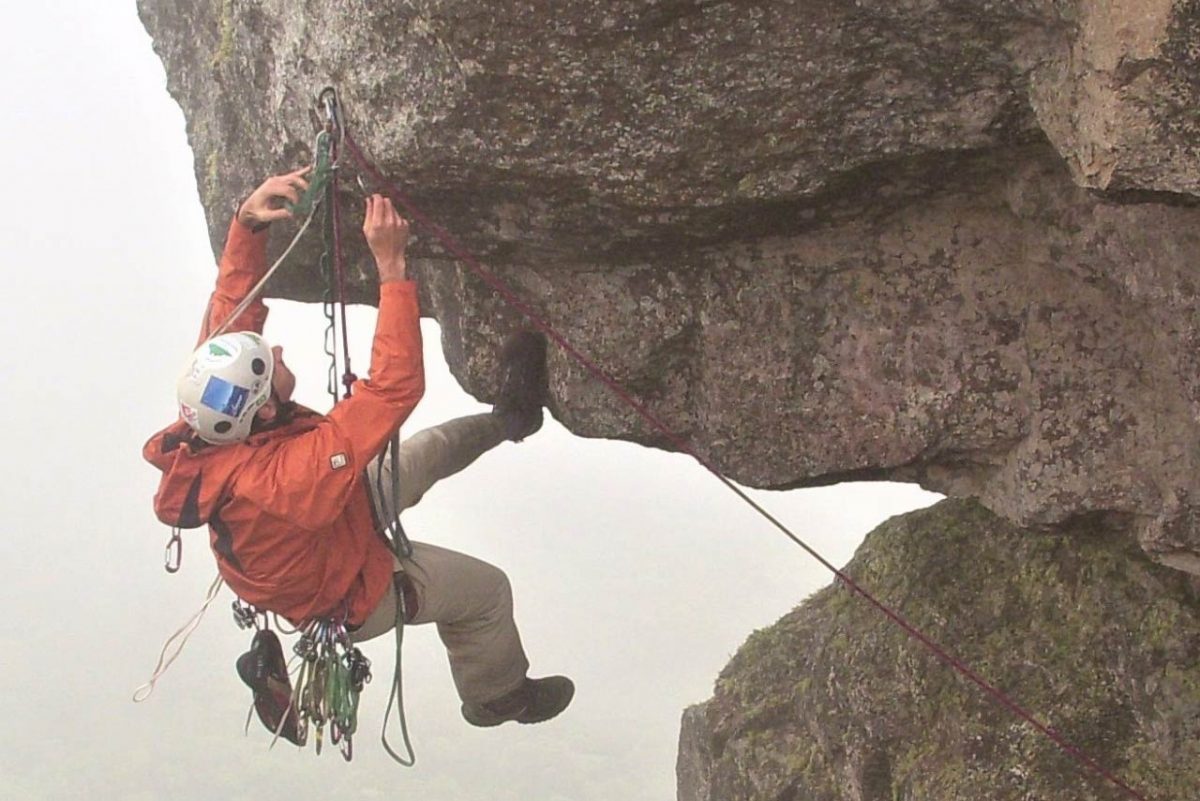The UIAA – International Climbing and Mountaineering Federation – regularly receives questions related to safety topics. The UIAA Safety Commission, with support of other UIAA Commissions and experts, recently commenced a series of articles answering common questions with the objective of making them available to the wider climbing community.
This month’s question is:
What are your recommendations when it comes to bolts near edges? I have seen many expansion bolts like 5cm next to the top of a rock many times on limestone and at the same time recommendations for 20cm? Does the UIAA have any general bolting advice?
UIAA Safety Commission:
Manufacturers of expansion bolts, resin bolts and other types of fasteners should have a technical document and installation manual for their products. To be sure that a bolt will be as strong as possible, the installation manual should be followed. But even if the installation manual is followed and rigorous testing is carried out, bolt placement performance cannot be guaranteed.
It is not possible to make a specific recommendation regarding distances between bolts and other bolts or rock features that will be suitable for all instances, rock types, or anchors, but we do recommend that products carrying the UIAA Safety Label are used (see below) and that the information provided by the manufacturer is followed.

It is always better to be conservative if in doubt. A good general guideline, that is easy to remember, is that a bolt should not be placed less than three times the embedment depth from any other bolt or rock feature above or below it such as cracks, edges, fractures, or concavities. This distance can be reduced to 1.5 times embedment depth for rock features to the side. It is possible to get a sufficiently strong installation with a smaller distance depending on the rock and anchors, but then the bolter must have knowledge of many different factors that will have an impact on the strength of the bolt.
It is hard to know how close is “too close” to an edge, therefore general information is usually given by manufacturers. Some manufacturers don’t give any information regarding distances, and some specify a minimum distance. The minimum distance will depend on the depth of the anchor, the quality and strength of the rock and other factors. Failure modes differ greatly for anisotropic or very soft rock.
For more information you can read about different failure modes in literature and, regarding edge distance influence on the breaking load, in the technical documents from some industrial fastener manufacturers, such as Fisher, Wurth, Hilti and others. Information regarding failure modes and influence from edge distances (and other technical information) is typically developed for concrete. This information translates well to several rock types, and poorly to others.
In addition, the UIAA Safety Commission will be releasing a position statement on bolt material composition. Arguably, this is more contributory to bolt performance in the long-term on a global scale.
UIAA Safety Label Holders specialising in bolts: AustriAlpin, Lappas, Kong, Raumer, Aludesign, Kaya Yapi, Vento, EKS, Metolius
Contributors: Safety Commission – Per Forsberg (SKF, Sweden), Federico Campos (CBME, Brazil); Stephen Gladieux (AAC, United States) and Marc Beverly (United States)
Ask UIAA SafeCom
To submit a question to be addressed by the UIAA Safety Commission please click here.
Previous questions
Suncream and climbing gear
Rope testing
Half ropes
Main picture: courtesy of Fred Campos (CBME, Brazil), UIAA SafeCom delegate



